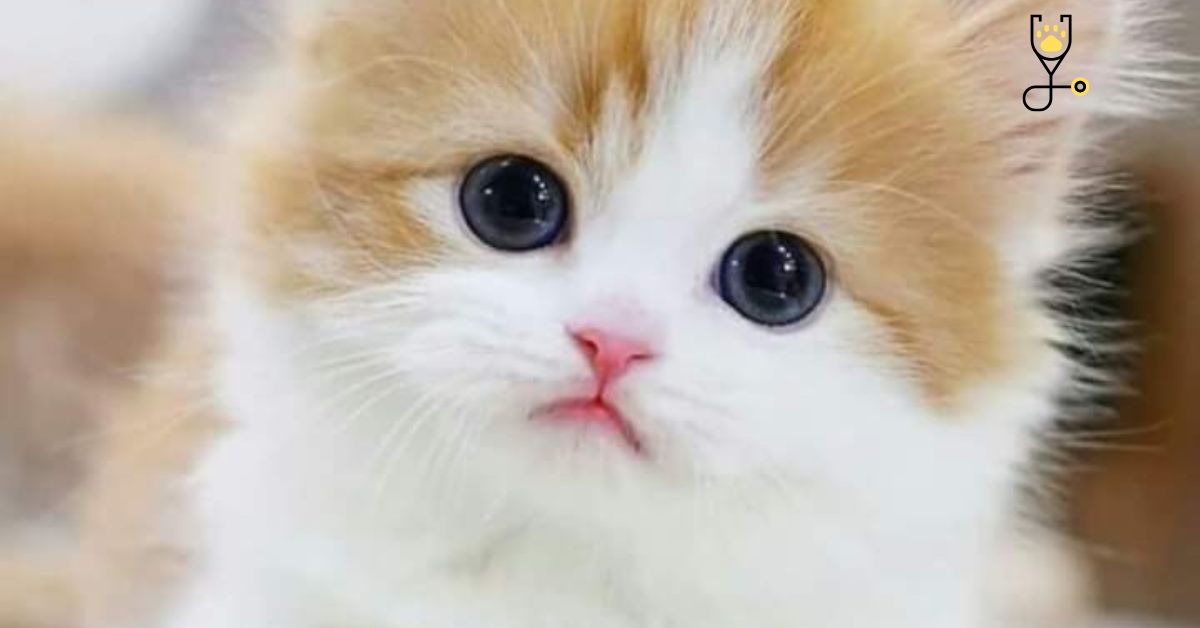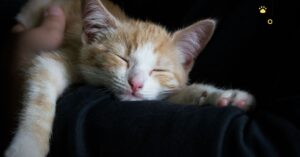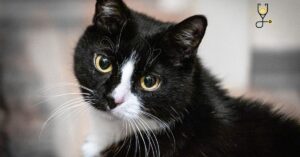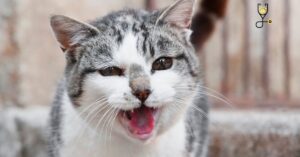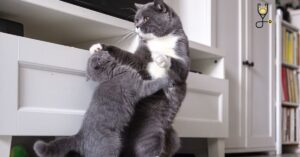It’s tough being a cat owner. You have to keep them fed, watered, and groomed. You also have to provide them with toys and scratch posts to keep them amused and out of trouble. One thing you may not have thought about, however, is whether or not your cat is getting enough mental stimulation. Just like people, cats need their minds challenged in order to stay sharp and avoid boredom. Classical conditioning is one way to do this. But what exactly is it? And how can you use it with your feline friend? Keep reading to find out!
What is classical conditioning for cats?
Classical conditioning is a process of learning that occurs when two stimuli are paired together. In other words, it’s a way of linking one thing to another in order to create the desired response. For example, if you pair the sound of a bell with the act of giving your cat a treat, eventually your cat will learn to associate the bell with the treat. As a result, whenever they hear the bell, they’ll start to drool in anticipation of the yummy snack to come!
Associative Learning
Classical conditioning is a type of associative learning process by which an animal or person learns to associate one stimulus, known as the conditioned stimulus, with another stimulus, known as the unconditioned stimulus. In classical conditioning, the unconditioned stimulus is usually something that naturally and automatically triggers a reflexive response in the organism, such as the sight of food causing salivation. The conditioned stimulus is originally neutral and has no automatic response associated with it. through repeated pairings of the two stimuli, the neutral stimulus comes to trigger a reflexive response that is usually similar to the unconditioned response.
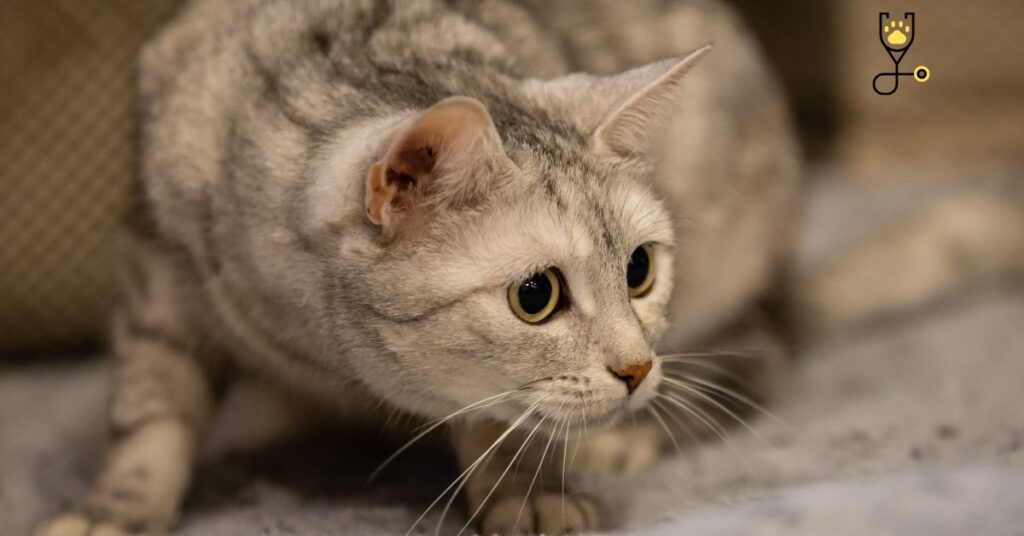
First experiment of classical conditioning
One of the most famous experiments in classical conditioning was conducted by Russian physiologist Ivan Pavlov. In his experiment, Pavlov rang a bell every time he presented food to a group of dogs. After repeating this process enough times, the dogs began to associate the sound of the bell with the arrival of food. As a result, they would start to salivate whenever they heard the bell, even when there was no food present.
How to Use Classical Conditioning to train Your Cat
Now that you know what classical conditioning is, how can you use it to train your cat? Here are a few tips:
1. Start with a simple task, like getting your cat to come to you when you call their name.
2. Associate the desired behavior with a cue or command word. For example, say the word “come” every time you give your cat a treat.
3. Repeat this process until your cat starts to respond to the cue or command word on its own.
4. Once your cat is responding consistently, you can start to phase out the treats. For example, only give a treat every other time they respond to the cue.
5. With enough practice, your cat will learn to respond to the cue or command even without a treat.
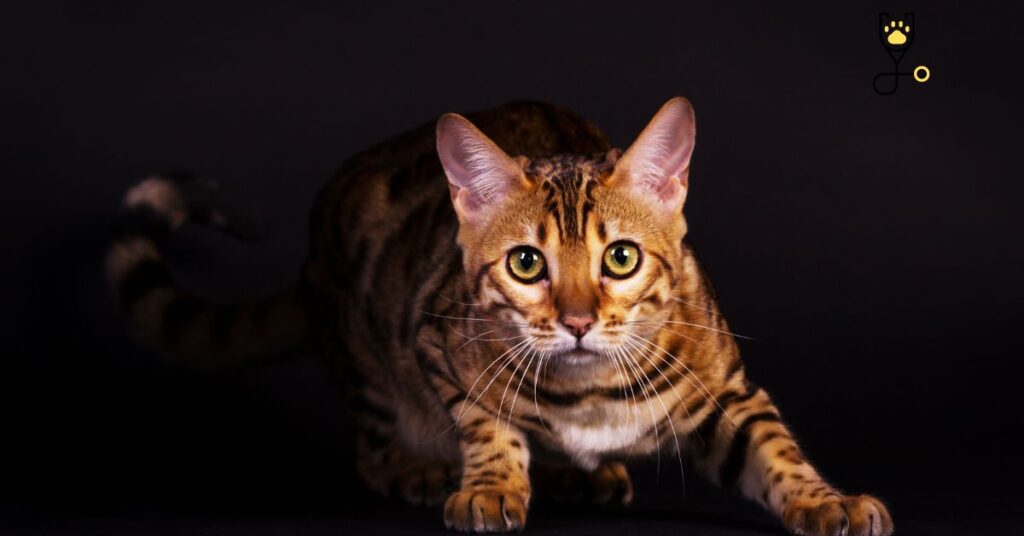
6. Remember to be patient and consistent with your training. Like with any type of learning, it takes time for cats to master new concepts.
7. Have fun with it! Training can be a great way to bond with your cat and give them some much-needed mental stimulation.
8. If you’re having trouble getting started, consider enrolling in a positive reinforcement-based cat training class. A professional trainer can help you troubleshoot any problems and give you some valuable tips.
- Classical conditioning can be a great way to mentally stimulate your cat and teach them new tricks. Just remember to start small and be patient! With a little time and effort, you’ll be amazed at what your feline friend can learn.
Prices of some Classical Conditioning toys
1. Kong Classic Dog Toy, Small – $6.99
2. Nylabone Dura Chew Original Flavored Bone Dog Chew Toy – $5.39
3. PetSafe Busy Buddy Magic Mushroom Interactive Cat Toy – $7.99
4. KONG Classic Cat Toy, Color Varies – $4.99
5. Trixie Pet Products 5-in-1 Activity Center – $19.99
Conclusion
Classical conditioning is a powerful tool that can be used to train your cat. By linking the desired behavior with a cue or command word, you can teach your feline friend new tricks and help them stay mentally stimulated. Just remember to start small and be patient! With a little time and effort, you’ll be amazed at what your cat can learn.
Frequently Asked Questions
Q: Can classical conditioning be used to train other animals?
A: Yes! Classical conditioning is a type of associative learning that can be used to train any animal, including humans.
Q: How long does it take for classical conditioning to work?
A: The amount of time it takes for classical conditioning to work will vary depending on the animal and the behavior being trained. In general, it takes longer to train more complex behaviors.
Q: What are some other ways to train my cat?
A: In addition to classical conditioning, there are other types of associative learning that can be used to train your cat. For example, operant conditioning is a type of learning that involves rewarding desired behaviors and punishing undesired behaviors. You can also use positive reinforcement, which is a type of operant conditioning that involves rewarding desired behaviors.
Q: Do I need to use treats when training my cat?
A: While treats can be used as a form of reinforcement, they are not required. You can also use other forms of reinforcement, such as verbal praise or petting.
Q: What is an unconditioned response?
A: An unconditioned response is a natural, reflexive response that occurs in response to an unconditioned stimulus. In classical conditioning, the unconditioned stimulus is typically something that naturally elicits a response, such as food or a loud noise. The unconditioned response is the automatic, reflexive response that occurs in response to the unconditioned stimulus, such as salivating or flinching.

